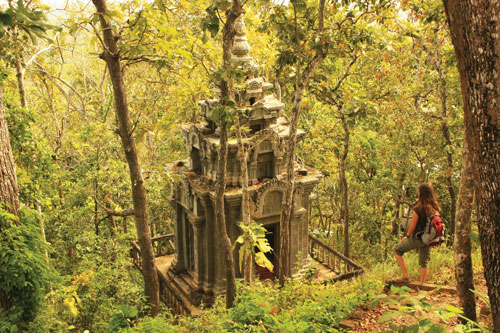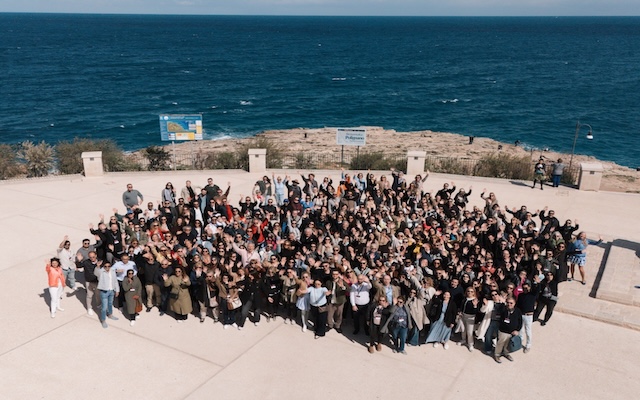Cambodia’s least-explored territories are starting to find interest among tour operators and intrepid travellers seeking authentic experiences.

Home to ethnic minorities and an abundance of sprawling jungle and pristine wildlife, Cambodia’s wild frontiers are quickly becoming hotspots for the booming ecotourism trade as tourists step off the well-trodden tracks of Siem Reap, Phnom Penh and Sihanoukville coastal area.
Somborath Dy, operations manager at Cambodian Rural Development (CRD) Tours, which promotes ecotourism in north-east Cambodia, said: “Cambodia has the potential to develop ecotourism because it not only has rich cultural but also diverse natural resources.”
In the Tourism Development Strategic Plan 2012-2020, the Cambodian Ministry of Tourism highlighted ecotourism as a market for development. And with recent research revealing millennial travellers are seeking more authentic experiences, industry players observed that this is an area with the potential to thrive in Cambodia.
Speaking at this year’s Mekong Tourism Forum in Sihanoukville, James Dion, National Geographic Society’s sustainable tourism programme manager, said: “Cultural experiences reign over partying. Authenticity sells and can bring benefits to people and a place. When people come to a place like Cambodia, they’re experiencing a culture you will find nowhere else.”
Jo Crisp, general manager of Peak DMC, said: “More people are keen to see the country at the pace of a bicycle, kayak or through trekking, and want to venture out into more remote areas where they can see people and sights that are relatively untouched by tourism.”
Koh Kong’s Cardamom Mountains has become a community-based ecotourism (CBET) hotspot, with trekking, kayaking, mountain biking and camping in the wild offered. Home to some of the last remaining Siamese crocodiles, the biodiverse area also boasts about 30 other endangered species such as hornbills, dragonfish and slow lorises.
Tour operators have started rolling out a range of authentic experiences centred on CBET in the area.
The Wild KK Project is one example. Started as a tool to provide an alternative source of income to the area’s 1,300 indigenous people, the tours also raise awareness of the threats the region faces such as illegal logging and hunting.
Wildlife Alliance, an NGO, also runs a successful CBET project in nearby Chi Phat. The community-run initiative sees visitors trek and bike through dense jungle terrains, where elephants and wild boars live. Guests can explore traditional burial sites and caves, and sleep in hammocks in the wild or at village homestays.
The country’s rural north-eastern provinces have also proven popular, with intrepid travellers flocking to Mondulkiri’s rolling hills where elephants are a huge draw. Several initiatives provide visitors with the opportunity to get up close and personal with endangered Asian elephants in their natural habitat.
In Kratie, tour operators such as CRD Tours offer trips to view endangered Irrawaddy dolphins in the Mekong River, where they learn about the mammals’ conservation and history. Ibises and Cantor’s softshell turtles can also be spotted.
Despite the growth potential, Dy thinks more needs to do done to market ecotourism on both national and international levels. “Tour operators need to be encouraged to not just focus on the temples or city tours but more on nature and ecotourism,” he said.
In addition, ecotourism players have to grapple with other challenges such as a lack of infrastructure and environmental issues such as illegal logging and hunting, which is rampant across Cambodia.
“It’s true there are some real opportunities (in ecotourism), but on the other hand, deforestation and plastic pollution are growing issues,” said Pierre-Andre Romano, general manager of Exo Travel Cambodia.
This article was first published in TTG Asia October 2016 issue. To read more, please view our digital edition or click here to subscribe.

















